Description
LDP1WC/250P-16 – DIN‑rail Surge Protection Module for 250 VAC Control & Power Lines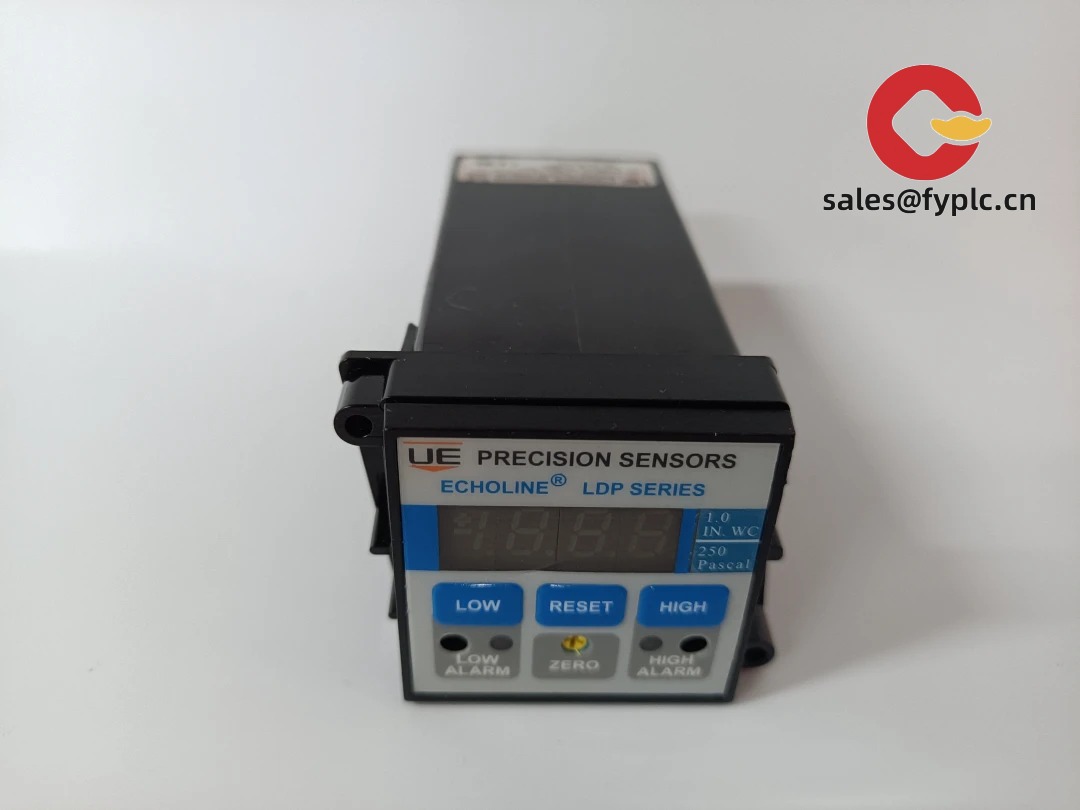
The model LDP1WC/250P-16 appears to be a compact, single-channel surge protective device (SPD) for 250 VAC circuits, typically used to shield PLCs, HMIs, drives, and low‑voltage power supplies in control cabinets. From my experience, the “P” often denotes a pluggable protection cartridge, while “WC” tends to indicate a version with a warning/remote contact. If you’re standardizing cabinet protection across machines, this kind of module keeps wiring short and tidy, which is exactly what IEC/EN 61643-11 recommends for dependable surge performance.
Company’s Order Placement Process and Guarantees
- Warranty: 365 days
- Delivery: 1 week if in stock; no more than one month at the latest
- Payment: 50% advance payment; full payment prior to delivery
- Express Options: FedEx, UPS, DHL
Key Features
- Type 2 AC surge protection – Designed for 250 VAC panels to help protect sensitive control electronics against switching surges and nearby lightning events.
- DIN‑rail, narrow footprint – Fits standard 35 mm rail in crowded cabinets; you might notice it frees up space compared with bulkier legacy protectors.
- Pluggable protection module (typical) – The “P” variant is commonly pluggable, so maintenance teams can swap cartridges in minutes without disturbing the base wiring.
- Remote alarm contact (“WC” variants) – Usually provides a dry contact you can wire to a PLC input for proactive maintenance alerts.
- Visual status indicator – A quick glance shows protection status; in many cases, green is OK and red flags a spent module.
- Short-lead, low-impedance design – Encourages proper bonding to PE and short routing to maximize let-through performance.
Technical Specifications
| Brand/Model | LDP1WC/250P-16 |
| HS Code | 8536.30 (Apparatus for protecting electrical circuits, ≤ 1,000 V) |
| Power Requirements | Up to 250 VAC, 50/60 Hz; no auxiliary power needed |
| Operating Temperature | -40 to +70 °C (typical for this class of SPD) |
| Signal Input/Output Types | L/N power-line protection; remote dry-contact alarm (commonly on “WC” versions) |
| Communication Interfaces | None (wires directly to line/neutral and PE) |
| Installation Method | 35 mm DIN rail (EN 60715); short leads to PE busbar advised |
| Dimensions & Weight | Compact DIN‑rail module; typical single‑pitch footprint |
Application Fields
This model is commonly deployed in:
- PLC and HMI panels in factory automation lines
- Machine tools, packaging equipment, conveyors, and robotic cells
- VFD/soft‑starter incomers and auxiliary 24 VDC supply primaries
- Building automation cabinets (BMS), access control, and security systems
- Water/wastewater plant MCC rooms and remote pump stations
- HVAC control panels and chiller plants
A maintenance supervisor at a food plant told us they added these on feeder circuits to the PLC racks; nuisance faults during storms dropped to almost zero. That’s pretty typical when the bonding is done right and lead lengths are kept short.
Advantages & Value
- Reliability – Type 2 surge protection is a practical middle ground for most cabinets; it seems to handle day‑to‑day transients well without overcomplicating the design.
- Compatibility – Works with single‑phase 250 VAC circuits that feed PLCs, HMIs, network switches, and 24 VDC power supplies.
- Lower total cost – Pluggable cartridges (where applicable) cut downtime and reduce technician hours compared to rewiring a fixed SPD block.
- Remote monitoring – The “WC” style contact is easy to land on a spare DI for predictive maintenance and alarm history.
- Panel-friendly – Slim profile helps when you’re tight on rail space; standard 35 mm DIN rail simplifies stocking and replacement.
Installation & Maintenance
- Environment – Install inside an IP‑rated enclosure; allow basic ventilation and keep away from sustained heat sources.
- Wiring – Keep conductors short and straight to L/N and the PE busbar; avoid loops. Use the recommended torque and conductor size per your panel standard.
- Bonding – Ensure low‑impedance bonding to PE; poor bonding usually hurts SPD performance more than anything else.
- Coordination – Use appropriate upstream OCPD and, if required, a small pre‑fuse/MCB in line with the SPD manufacturer’s coordination table.
- Status checks – Inspect the indicator window during routine PM. If the device flags spent status, replace the cartridge/module promptly.
- Remote contact – If “WC” contact is present, monitor it via PLC to log degradation events and plan service during scheduled downtime.
- Cleaning – De‑energize; lightly dust with a dry, antistatic brush. No solvents.
- Firmware – Not applicable; no firmware updates are needed for this passive device.
Quality & Certifications
- Compliance – Typically supplied to IEC/EN 61643-11 Type 2 SPD requirements; CE and RoHS conformity are commonly available. Exact markings can vary by production lot.
- Safety – Intended for circuits ≤ 1,000 V AC; use only within the specified 250 VAC application for this model string.
- Warranty – 365 days standard warranty.
Recommended Accessories (optional)
- 35 mm DIN rail and end‑stops for secure mounting
- PE/CU earth bonding strap to minimize impedance to ground
- Appropriate upstream MCB/fuse per your panel coordination study
- Wire markers and cabinet labels for maintenance clarity
If you want, share your panel one‑line or a quick photo of the cabinet layout; I can double‑check coordination and lead routing so this model drops right in with minimal rework.



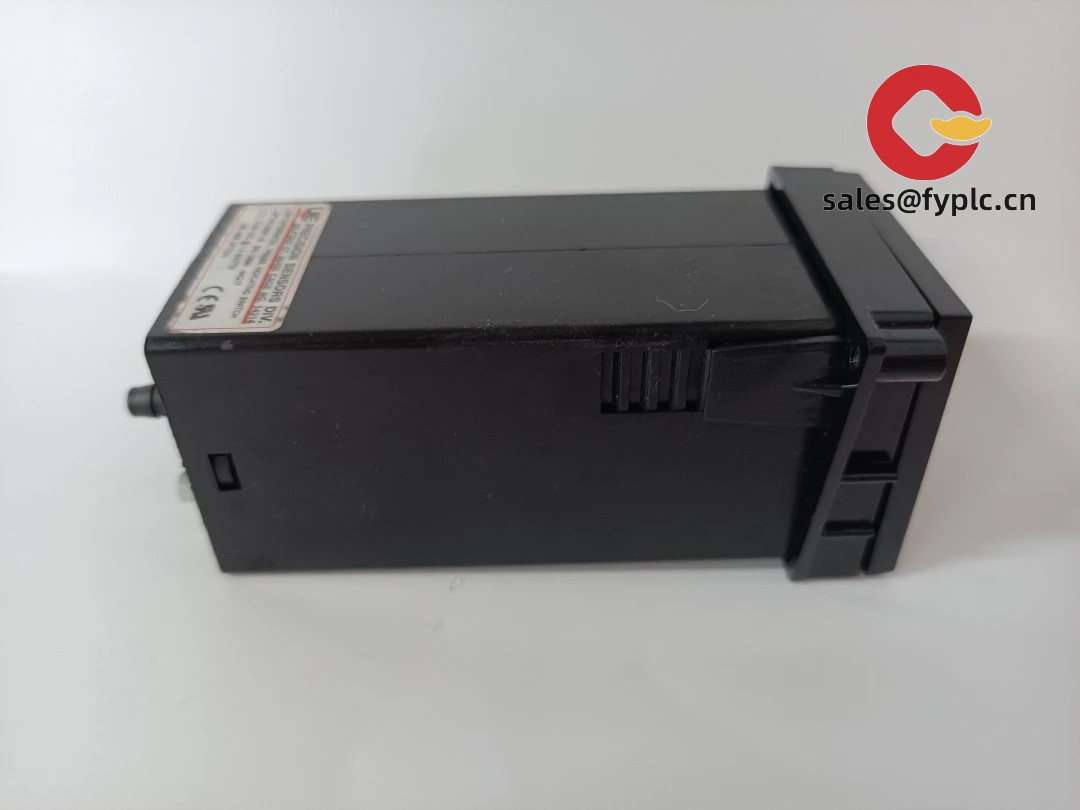
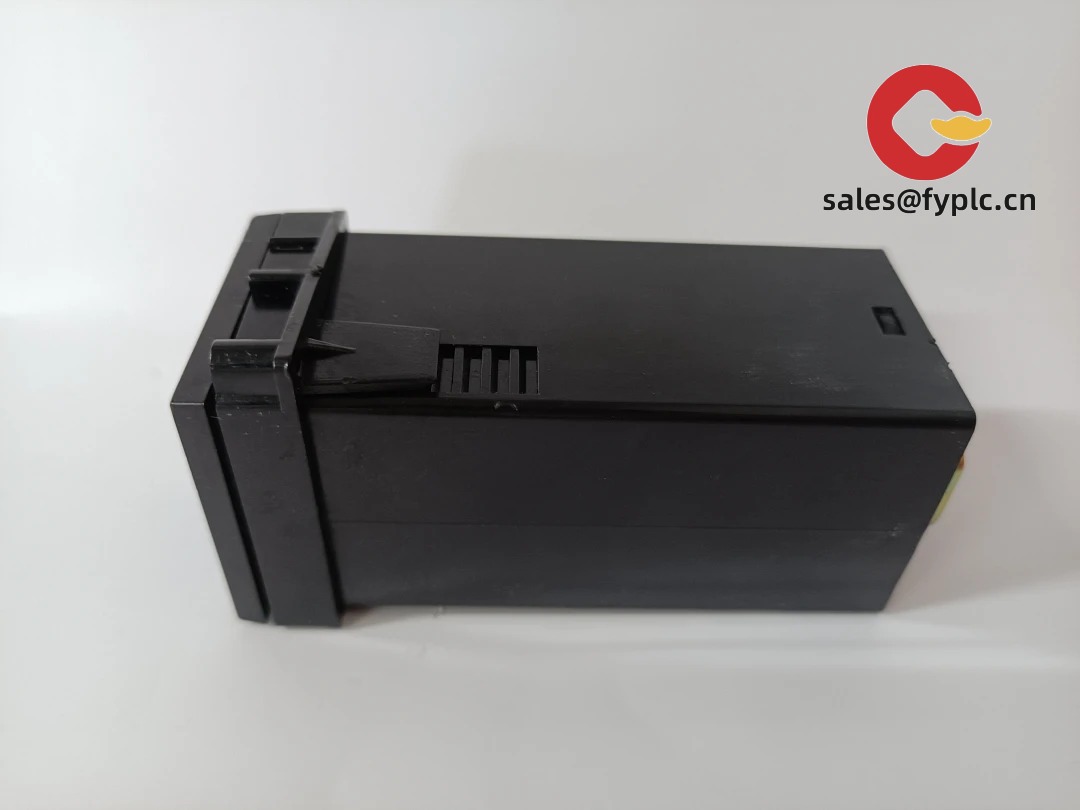



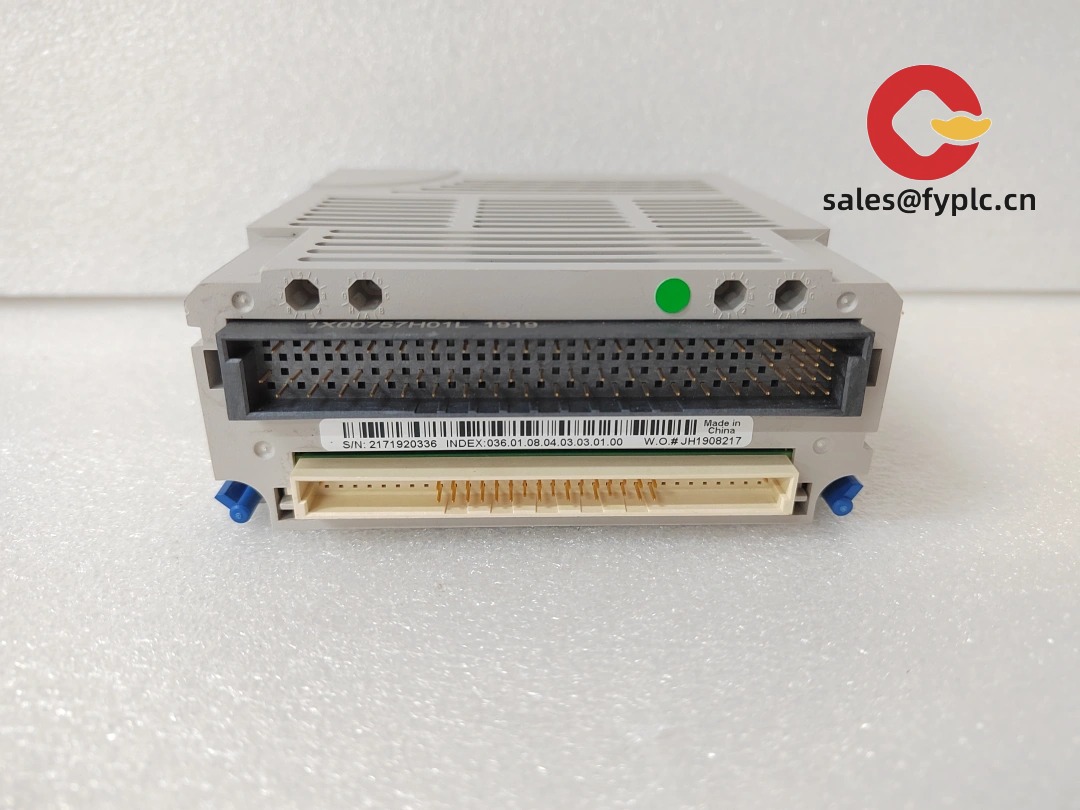


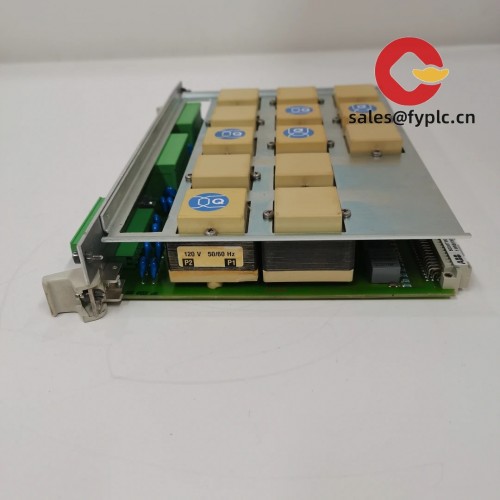
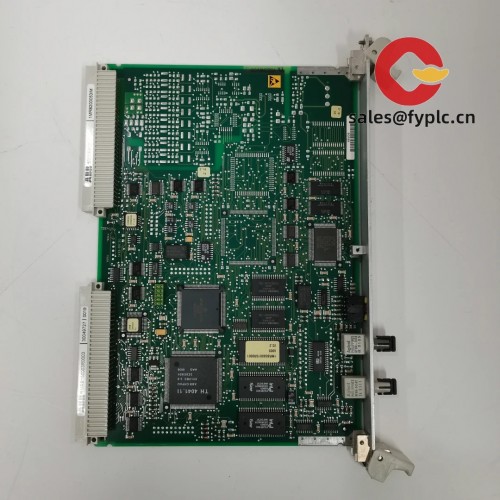
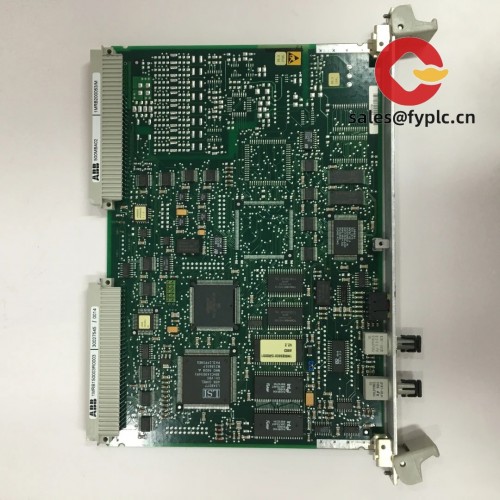
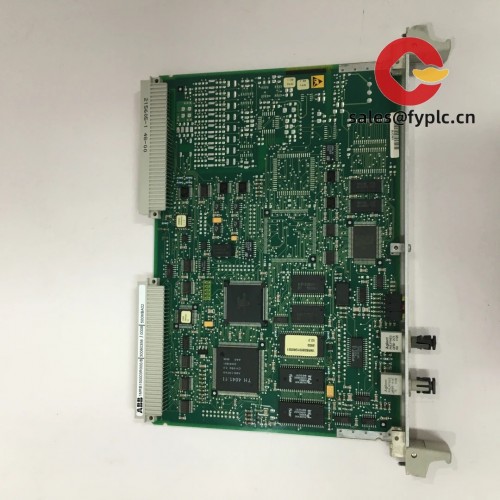
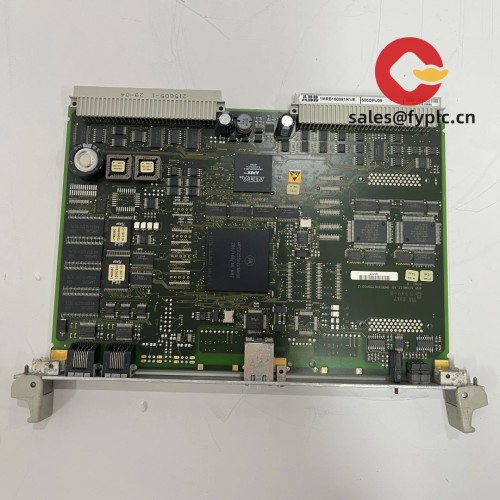


Reviews
There are no reviews yet.